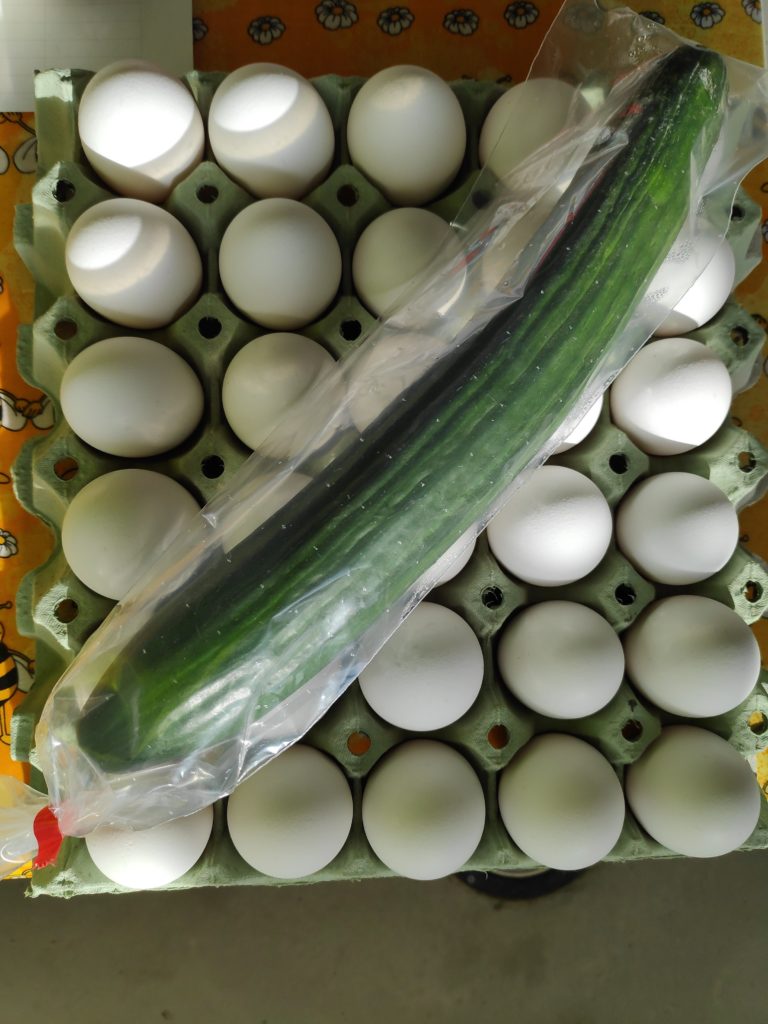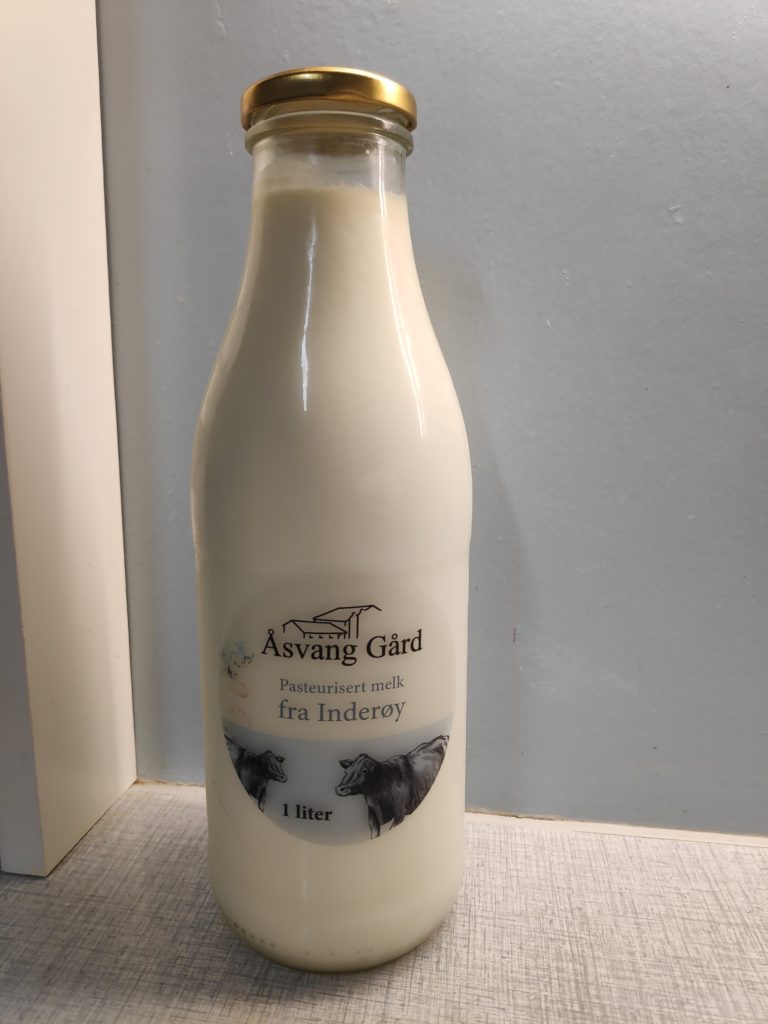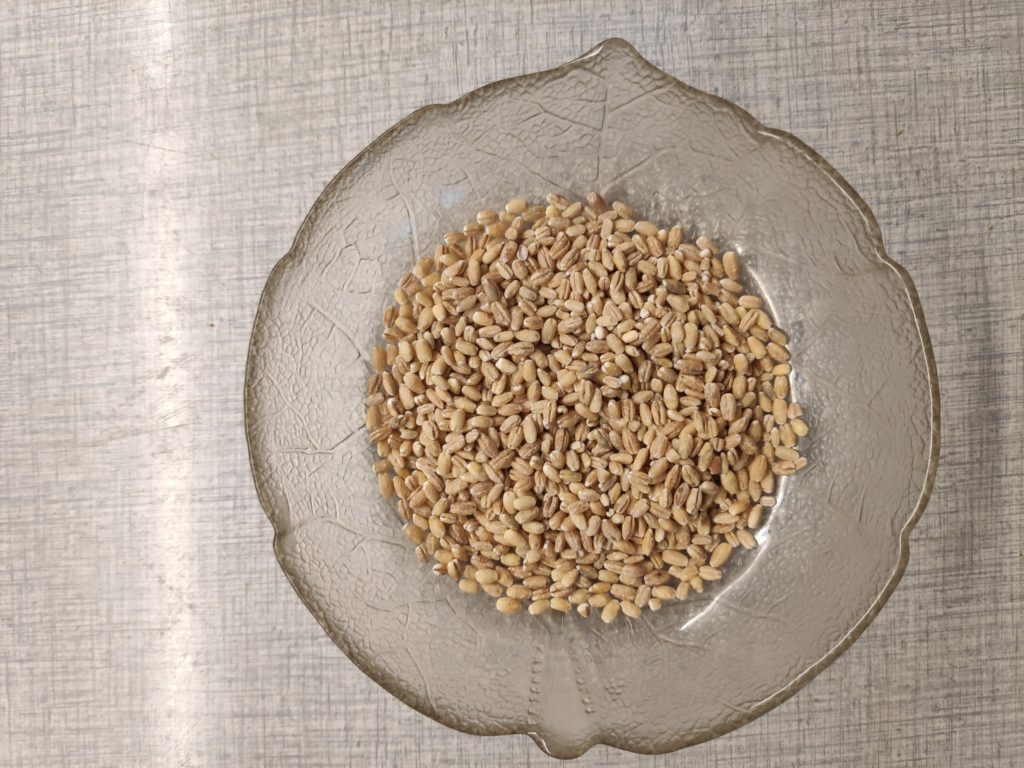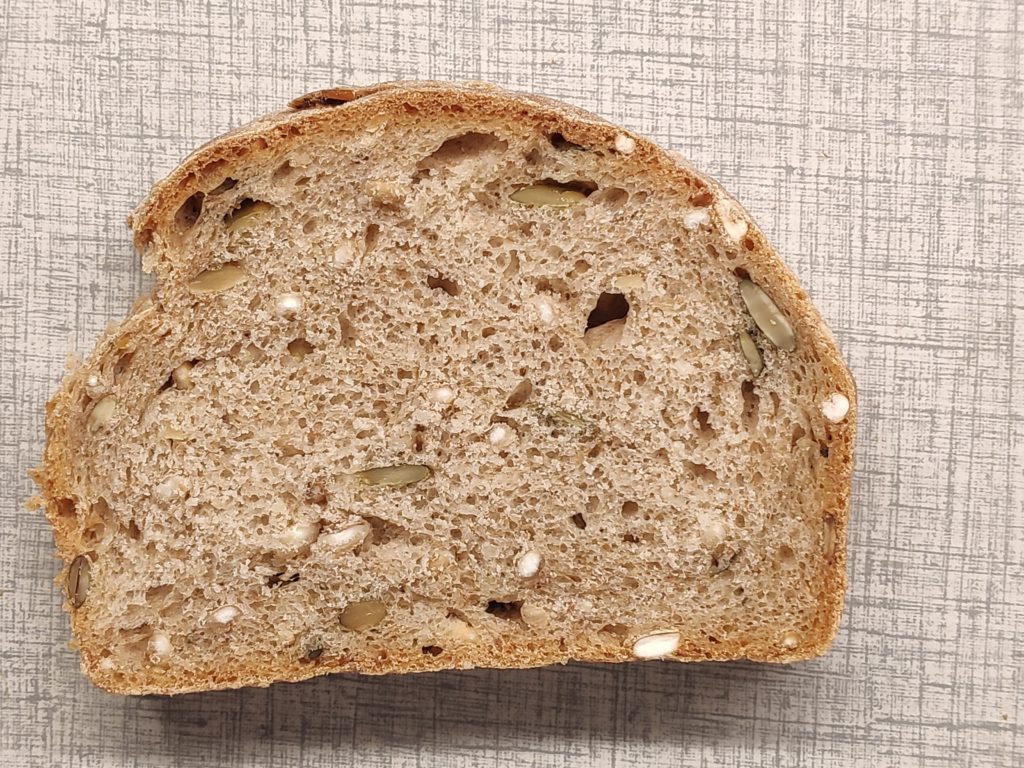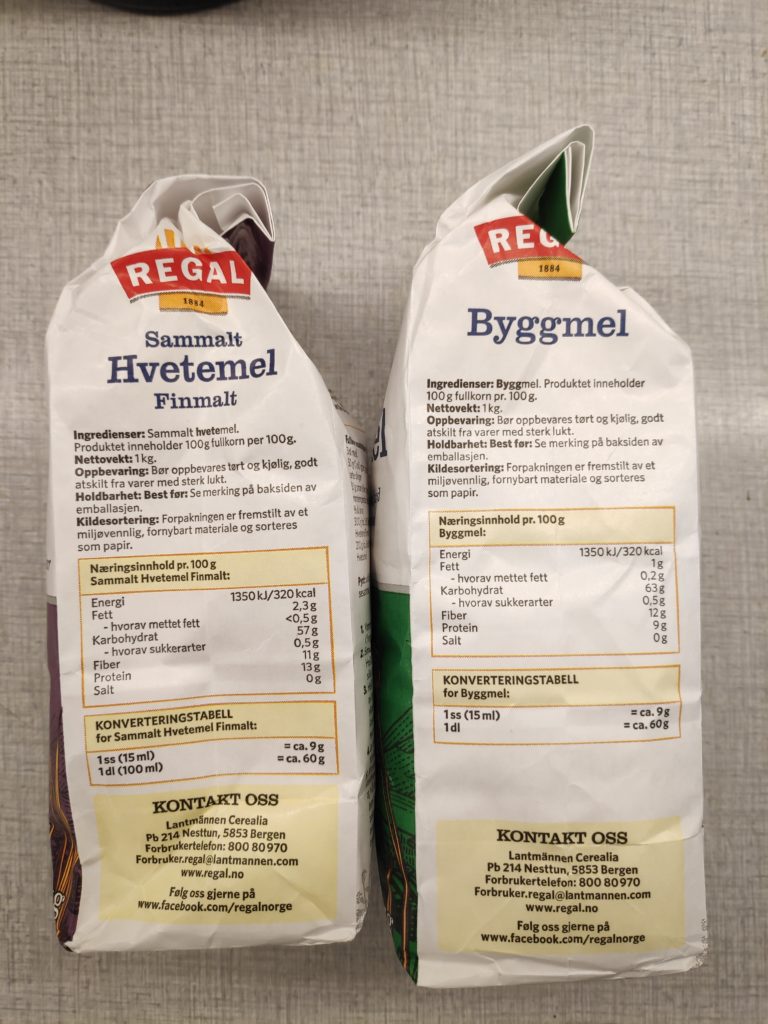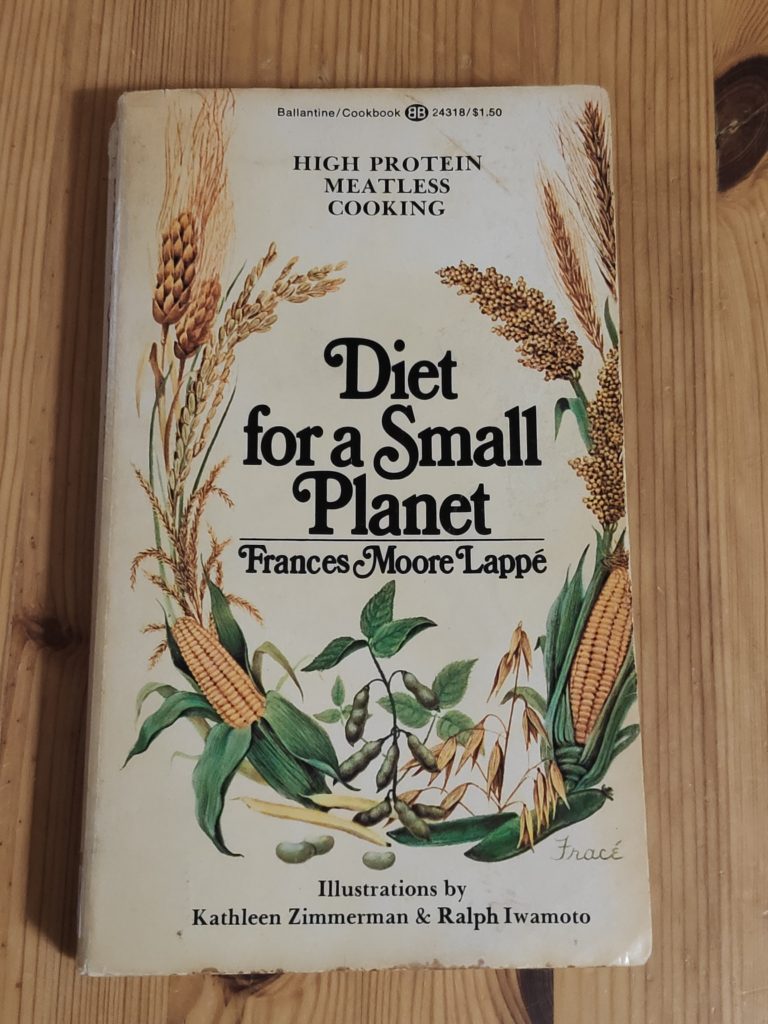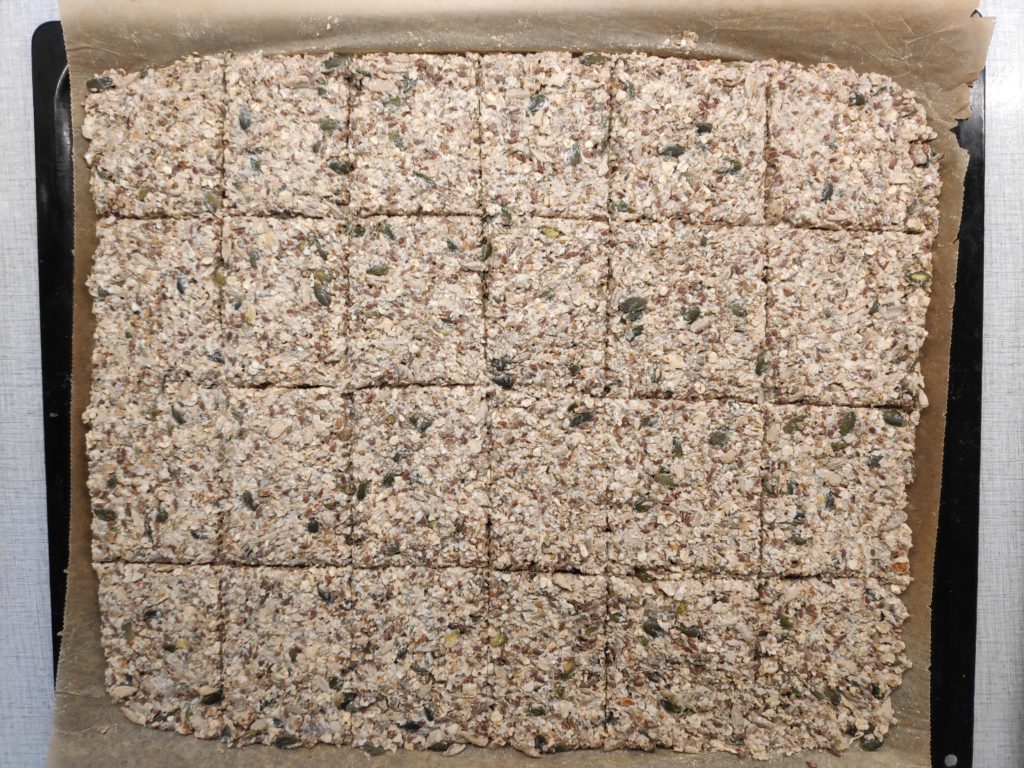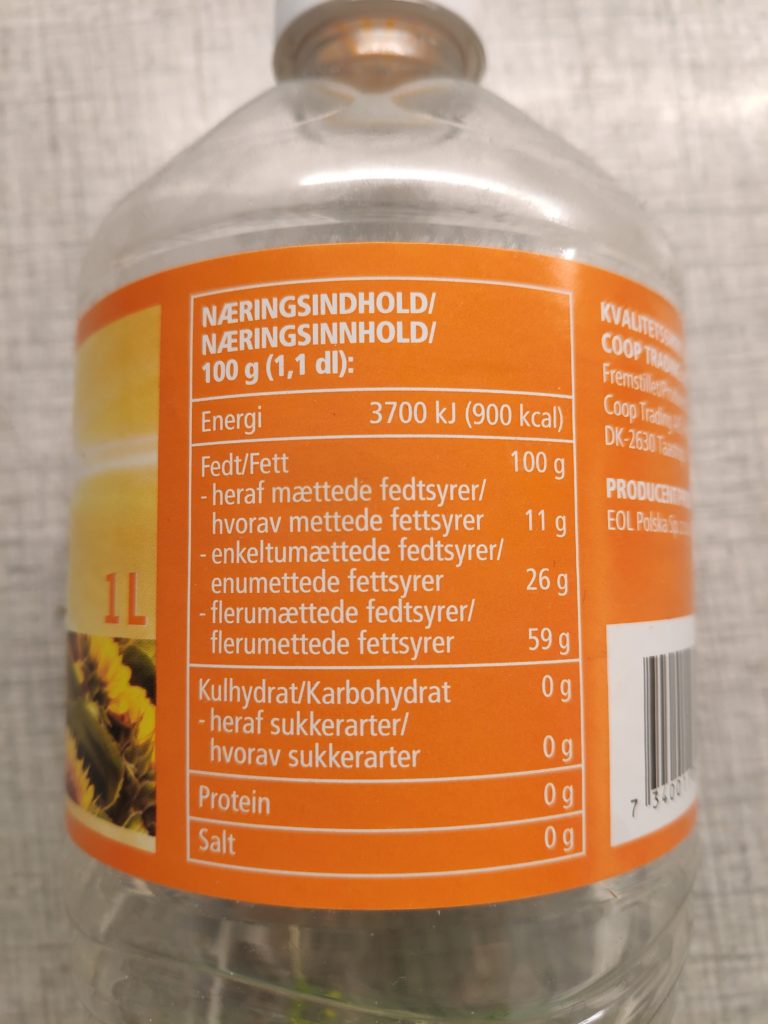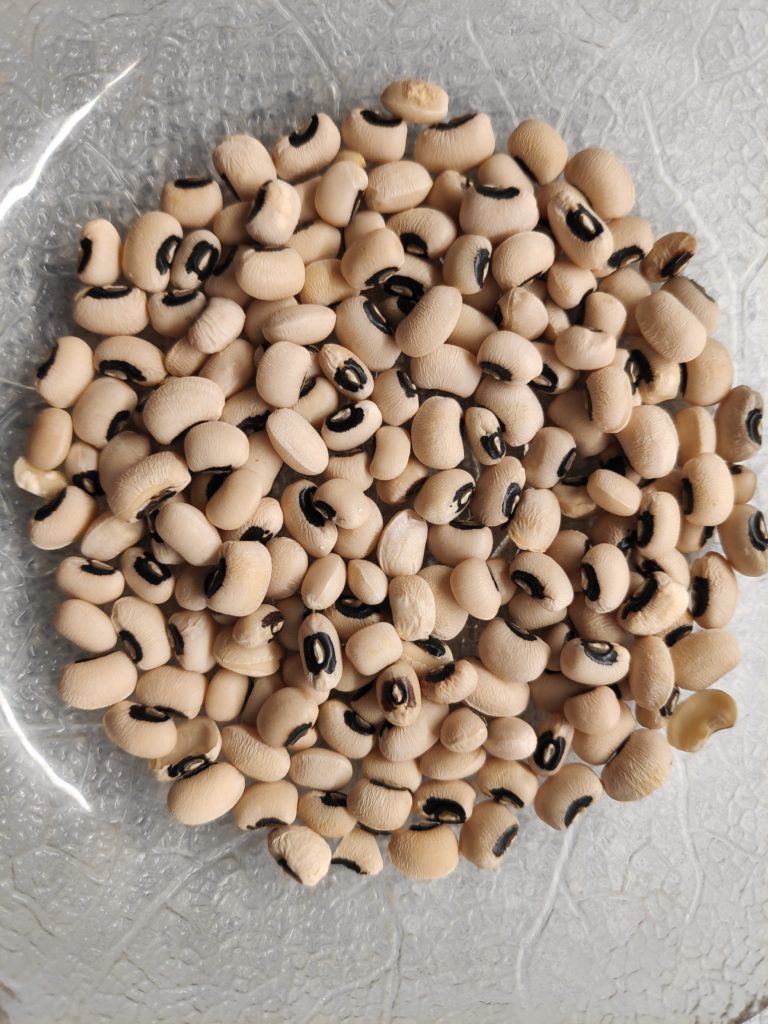The second year of the Covid-19 pandemic is coming to a close and I would like to make a short summary of how the year 2021 has been for me. I always have a problem with the dark time of the year and thinking about the summer and the bright time of the year helps me get through the winter months.
Pandemic
The Covid-19 pandemic has influenced a lot of the year 2021, putting restrictions on out-of-the-country travel as well as how much contact we have with others. My husband and I got our first two vaccines in April and May, and a booster vaccine in December. My son has also received his two vaccines. My husband and I have also received the regular flu vaccine, which we get every year in the fall. As a result, we have not been sick in 2021.
My son started a new job in January 2021, but as home office was required at the beginning of the year, he has had his home office at our house most of the year. From August to November he commuted to his job in Oslo but also had some business trips to other cities in Norway. At the end of 2021, there is again a requirement of home office where possible so he will be staying with us into 2022.
With both my husband and I in a high-risk group (over 65 years of age), we have reduced the amount of contact we have with others and have been avoiding large gatherings. We have social contact outdoors (in the summer months), restrict the number of people we meet regularly, and enjoy our own company. My husband, who is a lot more social than me, will also join online meetings and has contact by phone with those living in other parts of the world.
Crafts
I always have more than one project on the go and I have been good at finishing the projects that get started. Though I may have a few projects in my head that never get off the designing paper, most projects get carried through to completion.
Sewing projects include 2 shirts for my son, 4 shirts for my husband, 2 nightdresses for myself, 5 tops for myself, curtains for the house, pillow cases and a long patchwork runner for the bedroom.
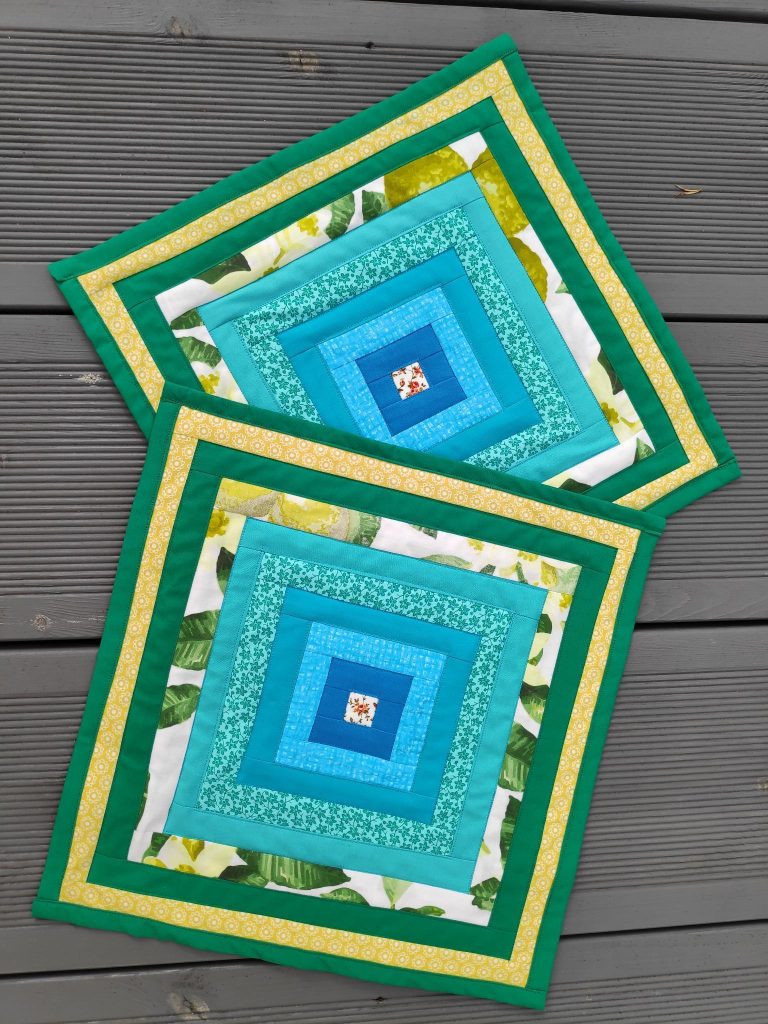
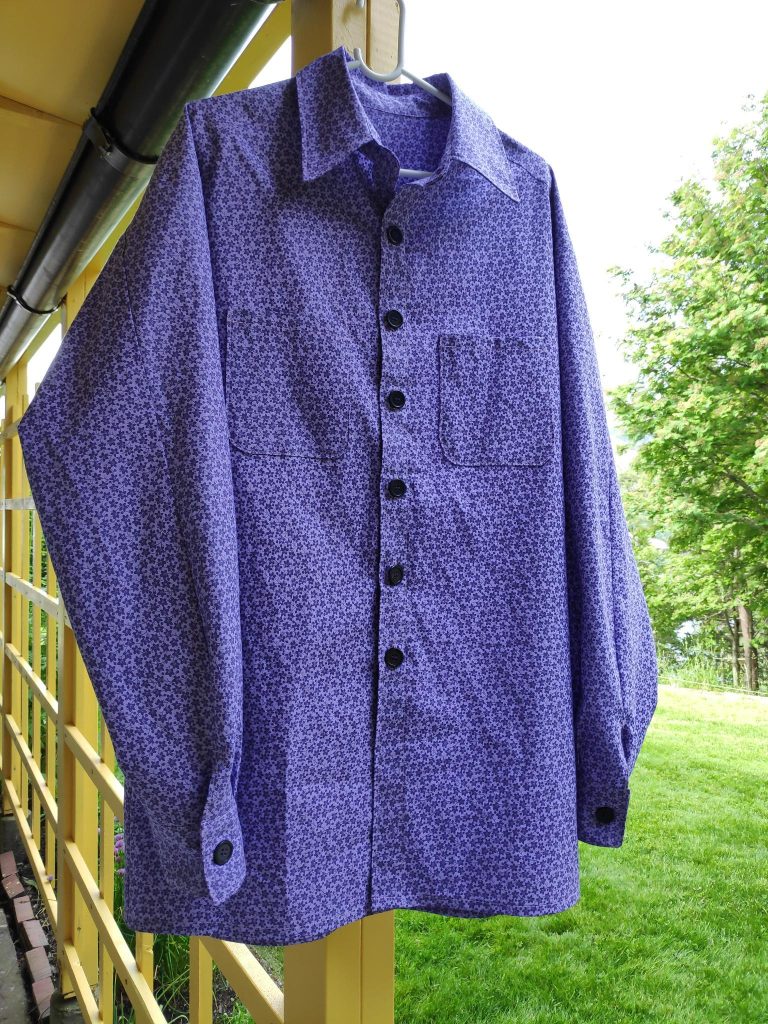
Knitting projects include two sweaters for my son, a toque, scarf and mitts set for my son, at least 6 pairs of socks for my husband, 2 pairs of socks for a friend, several children’s sized socks to be given away, one sweater and trousers outfit for a three-year old, a sweater for a five-year old, a sweater for myself and a baby blanket that was given away. Some of these projects were designed to use up yarn that had been sitting around for quite a while.
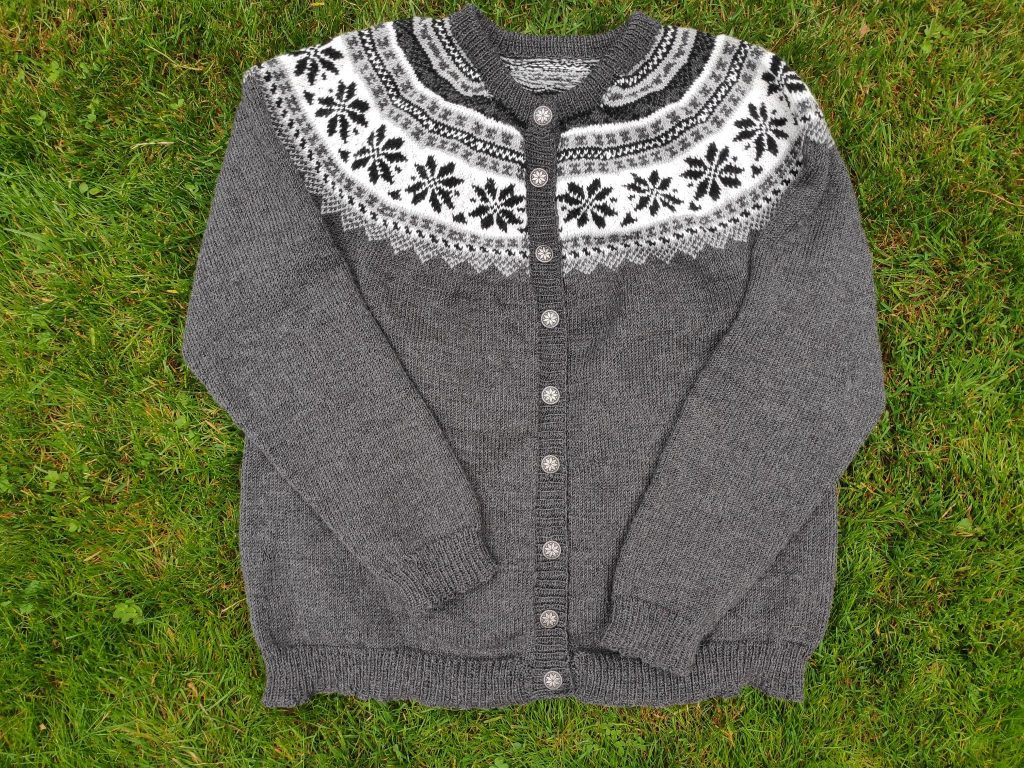
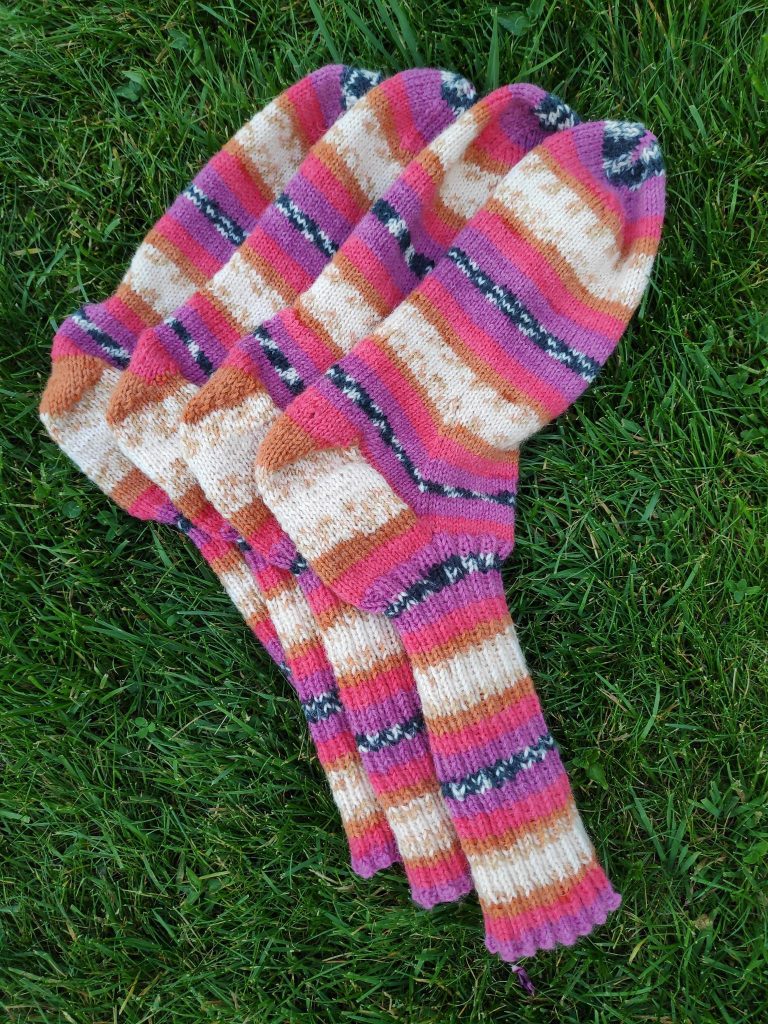
Walks
Walking is the type of exercise that I enjoy best. I no longer spend a lot of time walking in shopping centres as my need to buy things is reduced. I have a house full of things that are not used and try to restrict my purchases to things that are going to be used. So the walking that I prefer is out in nature. Thankfully, the municipality of Inderøy has many well-marked trails. Each year new ones are marketed through the program “Inderøytur”. I go on walks that I have enjoyed before, and find new ones that get added to my “like-to-do-again” list. I have one girl-friend that I go walking with quite regularly and I also go for walks with my husband and my son. I like walking by myself, and I enjoy walking with others.
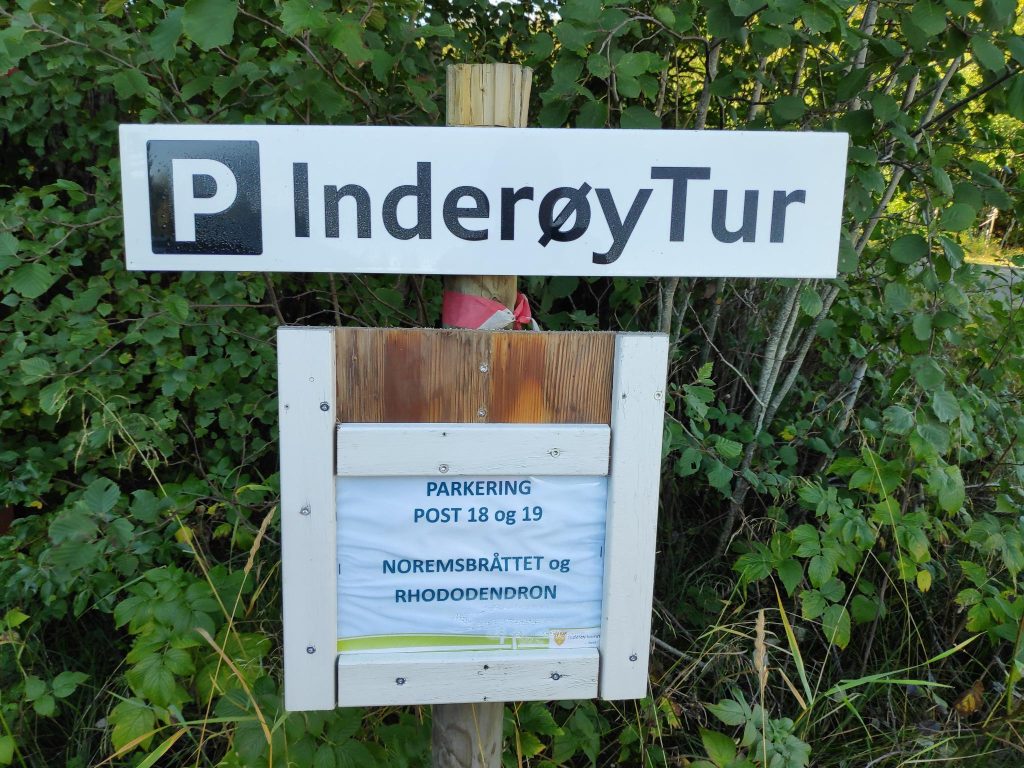
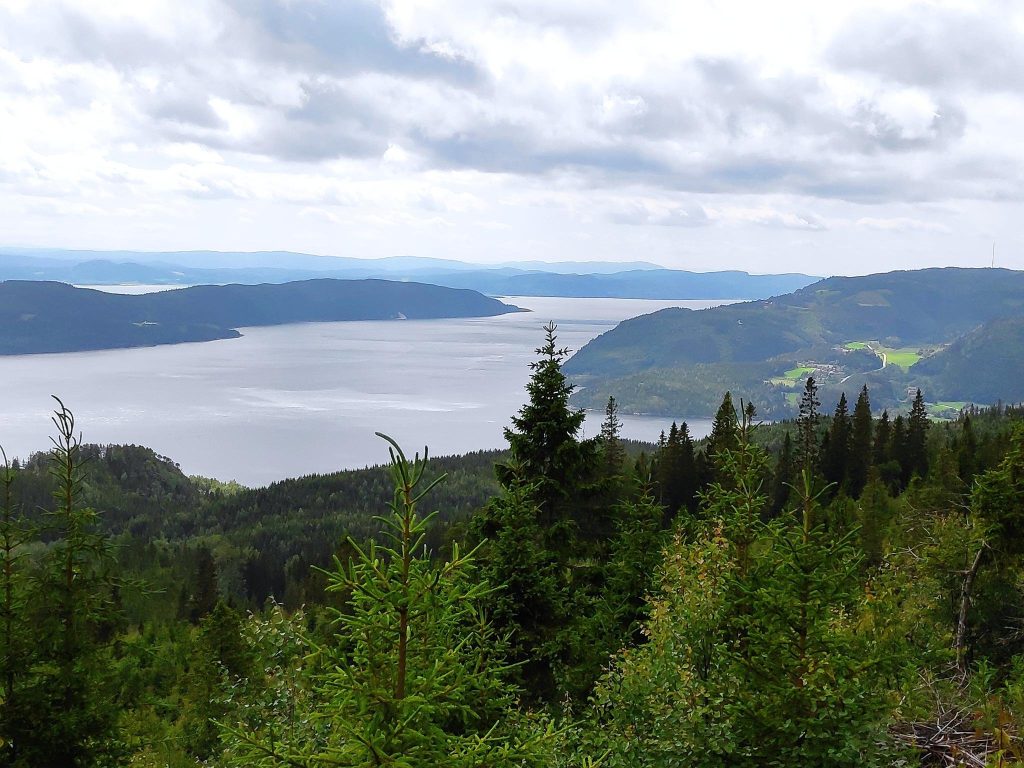
Food preparation
I make dinner almost every day. There are occasions when someone else does the cooking, but we eat out very little. I enjoy making meals and I enjoy baking. Food preparation is a meaningful activity every day of the year. I try to plan a variety of meals and also try to restrict the use of salt and sugar in my food preparation. This results in my baking almost all of our bread products (reduced salt content important here). I bake a lot less cakes and cookies than I used to and try to make healthier desserts than I might have a few decades ago. I also prioritize non-meat meals about twice a week. We use dairy and egg products so are not vegetarians at all, though I love my vegetables.
Gardening
I enjoy being outdoors, particularly from April to October, and I have a large garden that is never as well looked after as I would really like. I’ve always had the attitude, “what gets done, gets done” and try not to worry about what doesn’t get done. As I age, I find I have limits to the energy that can be used on gardening which is a very labour-intensive activity.
This year I had new planters on the terraces. I lined them with appropriate cloth, then filled them with dirt and plants. I was very pleased with the results.
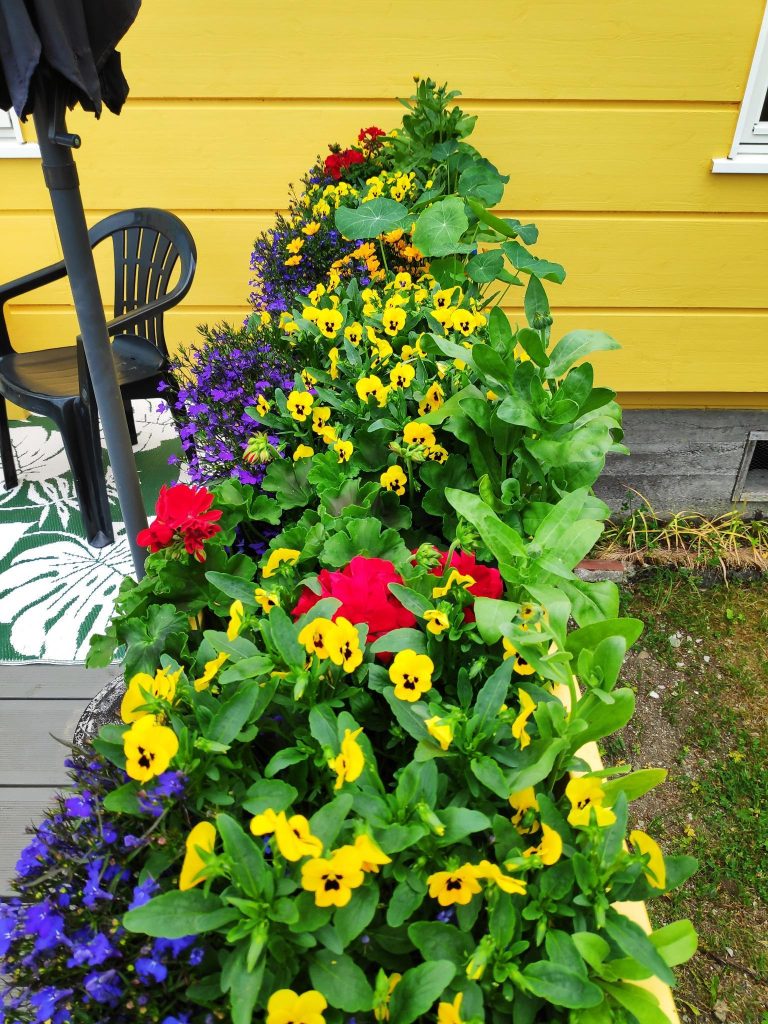
During the summer of 2021, my son took on the responsibility for improving the lawn, digging up a large section of mostly weeds, putting down new dirt and seeding with lawn seed. He has put in a lot of work and the lawn has seen great improvements the two summers that he has been living here.
Painting
I enjoy painting things, though I am not artistic in that way. It tends to be walls or furniture that gets painted. Outdoor painting is restricted to when the temperature is above +10 degrees Celsius, but there were several things that were done in 2021. One outside wall of the house was painted and the new trellis at ground level was painted. There were also some small outdoor painting projects completed. There was little indoor painting done during 2021.
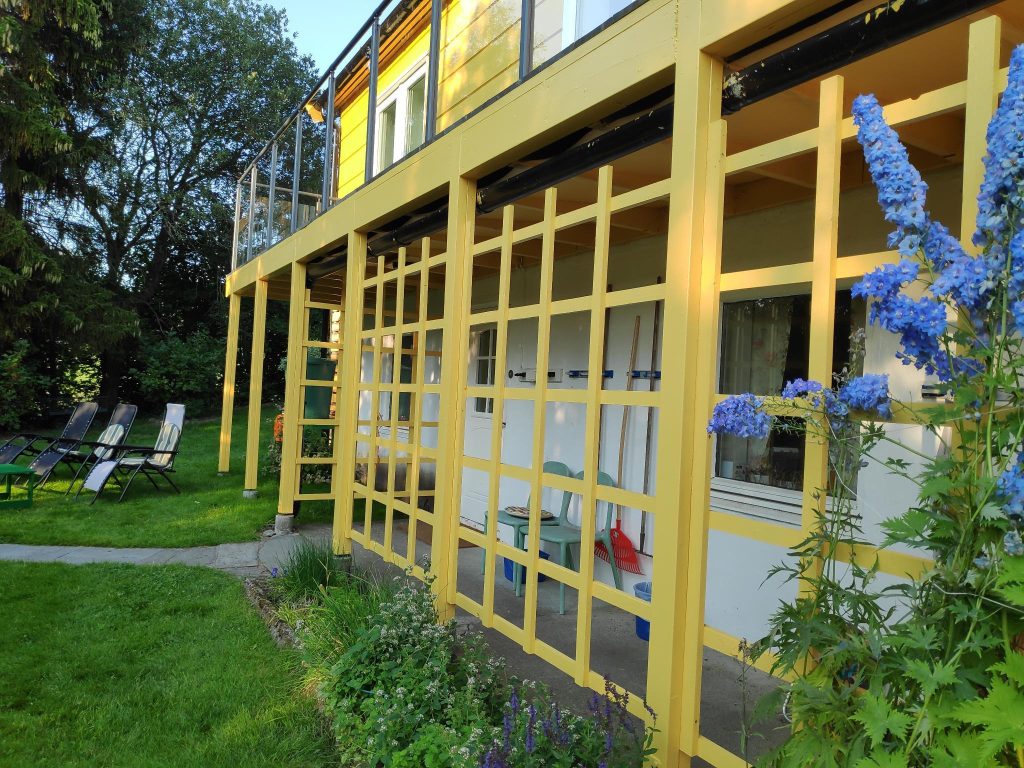
Reading
I read a lot, mostly when knitting. This year it has been mostly fictional romances, often set in the early 1800s but by modern authors. I record new books read on www.goodreads.com, where I have recorded 78 new books read in 2021, but I also reread favourite books by authors I have read over decades and these would be in addition to what has been recorded online.
Travelling
Travel in 2021 has been restricted by the pandemic. I am actually not nearly as interested in travelling long distances as I was when I was younger. The major trip taken this year, was a one-day car trip to Trondheim and then coming home through Selbu. I have written a separate blog about that trip. In addition we took a day’s drive to the western end of route 755 (the main road that passes near us and crosses Skarnsund Bridge) making a lot of stops along the way. You can read about both of these trips on previous blogs (Selbu, Route 755).
However, we were fortunate to receive a two-week visit from my daughter in November. She was on her way to a business meeting in London, and was able to visit us on the way. She normally lives in San Francisco, California, USA. It was nice to have both children home at the same time and the siblings were able to have time together on their own. Though my daughter had to work while she was here (“home office” with online meetings with people in many places in the world), we were able to go for walks and spend precious social time together.
Otherwise, travel has been by watching television shows and documentaries at home. No fuss, no insects, no unwelcome heat or humidity, just the comfort of our own living room. One can see a lot of different places this way, one hour at a time, and avoid all the inconveniences of international travel.
Writing blogs
I am not much of a writer, but I have undertaken to write a few blogs in 2021, mostly about the walks I have taken in Inderøy. I like to include a lot of pictures as I feel that they illustrate what I have been doing better than using a lot of words. All pictures that I use in the blogs are taken on my cellphone. Any exceptions to this will include an acknowledgment of photographer. So far I have published 36 blogs in 2021 and this one will make number 37.


